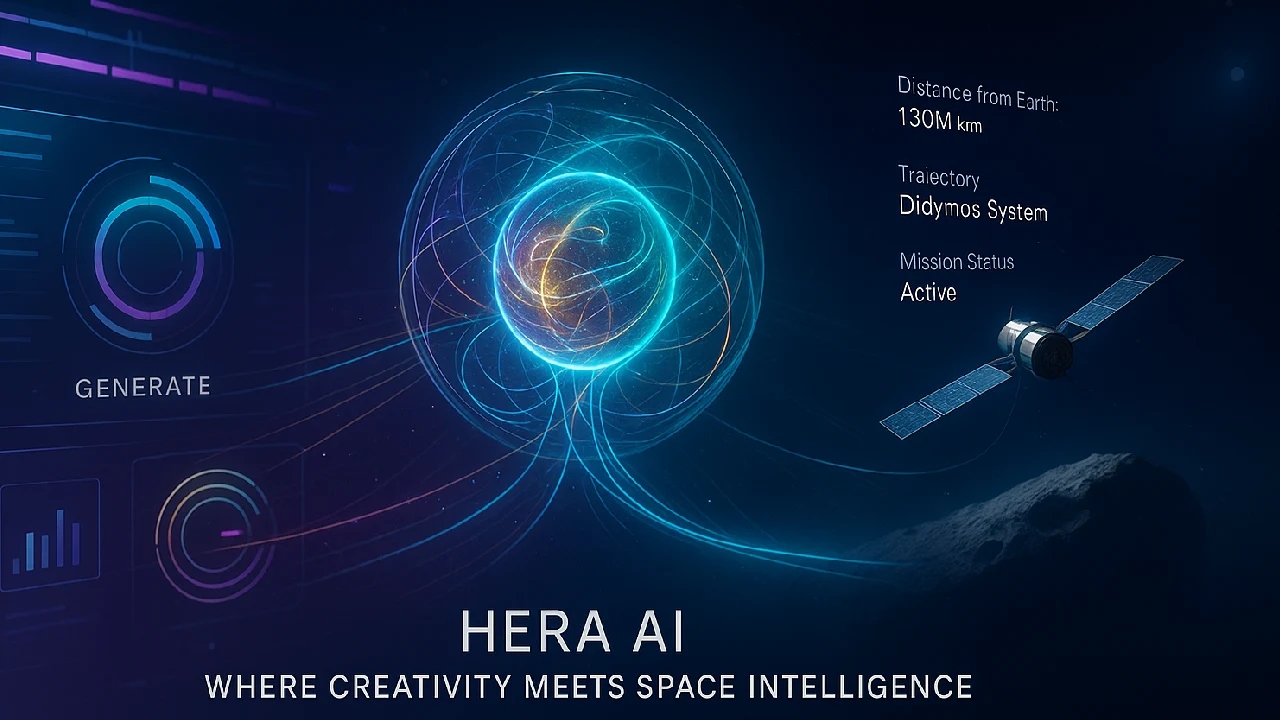Artificial intelligence (AI) is making its way into one of the most critical parts of aviation — ai in air traffic control (ATC). Airports in London and Singapore are now piloting advanced AI systems that could reshape how our skies are managed, aiming to make air travel safer, more efficient, and more sustainable.
This blog takes a closer look at how AI is being tested in air traffic control, what these developments mean, and how this technology could change global aviation.
Why Use AI in Air Traffic Control?
Air traffic is getting more complex by the day. With more aircraft in the sky and increasing pressure on airport infrastructure, traditional air traffic control systems are struggling to keep up. That’s where AI comes in.
AI can process huge volumes of data in real-time, helping traffic controllers predict and resolve issues before they occur. From suggesting better flight paths to reducing delays and easing controller workload, air traffic control AI is designed to support—not replace—humans.

Real-World Tests: London & Singapore Take the Lead
Two major global airports are now experimenting with AI-powered control tower technology:
London City Airport (UK)
London City Airport is already using a remote digital control tower located 80 miles away in Swanwick. Equipped with high-definition cameras and sensors, this AI-enhanced system feeds real-time visuals and data to air traffic controllers, helping them spot objects, track aircraft more accurately, and make quicker decisions—even in poor weather.
Singapore Changi Airport
Changi Airport, one of the busiest in Asia, is testing similar remote AI towers that use predictive analytics. These systems aim to reduce wait times, avoid bottlenecks, and help controllers keep up with peak air traffic without compromising safety.
Both airports are early adopters of artificial intelligence in airport control and their efforts could set the global standard for the future.
What AI Can Do in the Control Tower
Here’s how AI is transforming air traffic control and airport operations:
- Detect potential mid-air conflicts and suggest better routes
- Predict weather or traffic delays and adjust schedules automatically
- Recognize and transcribe pilot-controller conversations using voice recognition
- Detect foreign object debris, drones, or birds on runways in real-time
- Assist with aircraft handovers between zones with minimal delay
- Help plan safer landings for both manned and unmanned aircraft
By combining AI’s processing power with human decision-making, this new system aims to improve speed, accuracy, and safety across the board.
Table: Traditional ATC vs. AI-Enhanced ATC
| Feature | Traditional ATC | AI-Driven ATC |
|---|---|---|
| Conflict Detection | Human spotting & reaction | Predictive modeling |
| Weather Monitoring | Manual interpretation | Automated weather forecasts |
| Communication Handling | Radio communication | AI-based speech recognition |
| Equipment Maintenance | Scheduled checks | Predictive maintenance via sensors |
| Controller Workload | High mental load | Automated support for routine tasks |
Benefits of AI in Aviation
The introduction of artificial intelligence in flight control offers wide-ranging benefits:
- Enhanced safety by predicting risks before they arise
- Better fuel efficiency through route optimization
- Reduced delays and improved schedule reliability
- Lower carbon emissions via more eco-friendly trajectories
- Stronger cybersecurity, with AI detecting and patching digital threats
- Less stress for air traffic controllers, with AI handling repetitive or time-consuming tasks
These improvements aren’t just helpful—they’re necessary as the global aviation industry grows.
Challenges Still Ahead
Despite the promise, integrating AI in air traffic control comes with real challenges:
- Trust and transparency: Controllers need to understand why AI makes certain decisions
- Cybersecurity risks: Digital systems can be vulnerable to hacking
- Regulatory approval: Certifying AI systems for aviation safety is still evolving
- Over-reliance on automation: Humans must remain engaged to respond during emergencies
- Data sharing: AI systems need high-quality, reliable data from multiple sources
Careful regulation and testing are critical to make sure AI supports — rather than replaces — human expertise.
Global Efforts to Standardize AI in Aviation
Several international aviation authorities are working to build safe and ethical AI systems for global use:
- EASA (Europe): Developing guidelines and funding AI projects to improve safety and trust
- FAA (USA): Released a new roadmap for using AI safely in aviation starting August 2024
- ICAO (Global): Encourages countries and tech companies to collaborate and update aviation standards
- SESAR (EU): Supports over a dozen research projects using AI for predictive flight management, better speech tools, and intelligent automation
These organizations are making sure AI in airways evolves responsibly and efficiently.
What the Future Looks Like
The tests in London and Singapore are early steps, but they demonstrate the vast potential of AI-driven control towers. In the coming years, AI will play a bigger role in helping both manned and unmanned aircraft share the skies safely.
We can also expect further use of digital twins for simulations, predictive models to manage bad weather or peak hours, and even AI systems to prevent cyberattacks before they happen.
Final Thoughts
As global aviation faces increasing pressure from higher demand, climate concerns, and safety requirements, artificial intelligence in airports and control towers could become essential. The experiments underway in London and Singapore may very well become the blueprint for airports around the world.
With smart regulation, continued research, and a focus on keeping humans in the loop, AI could help make flying safer, faster, and more sustainable for everyone.







